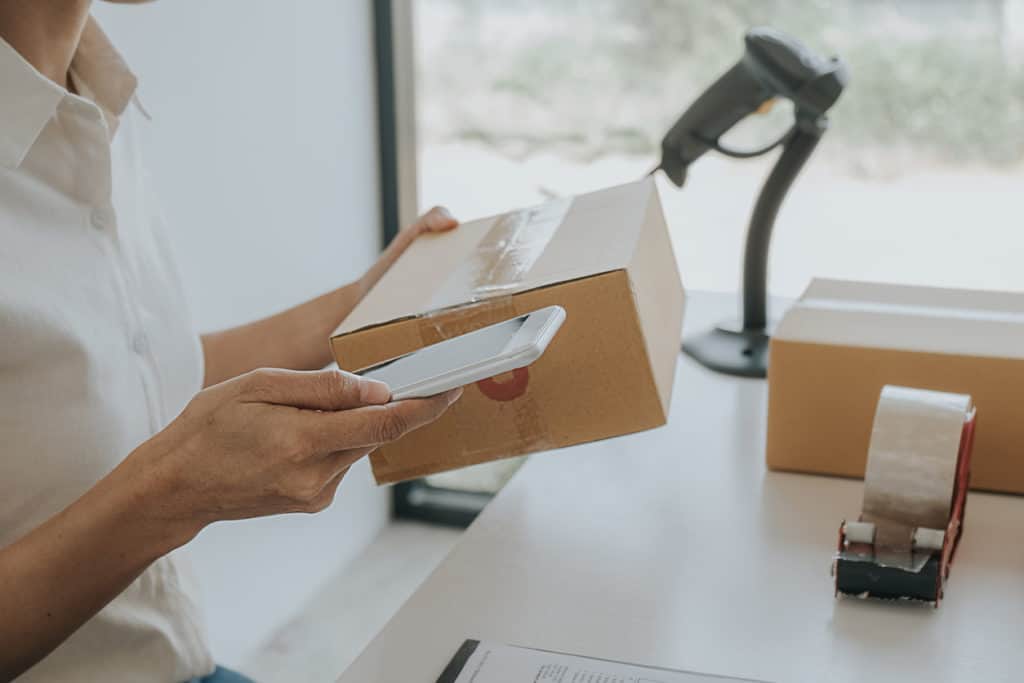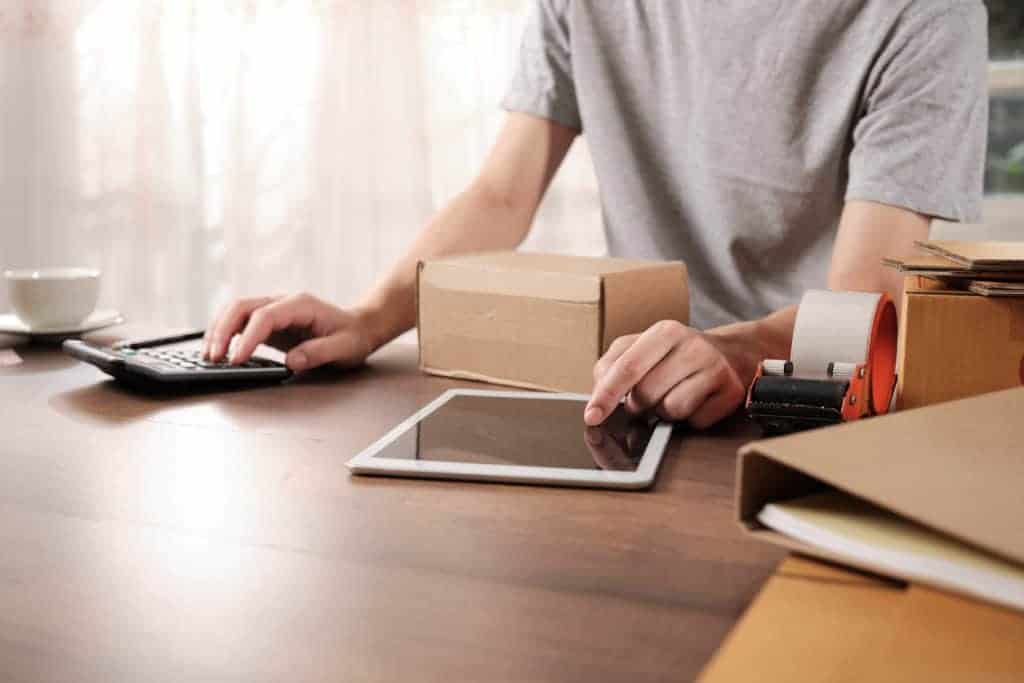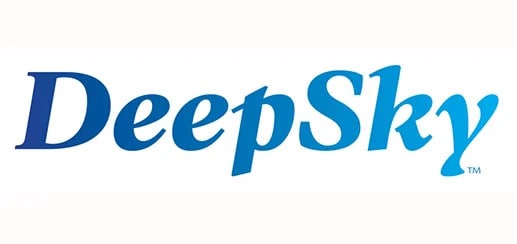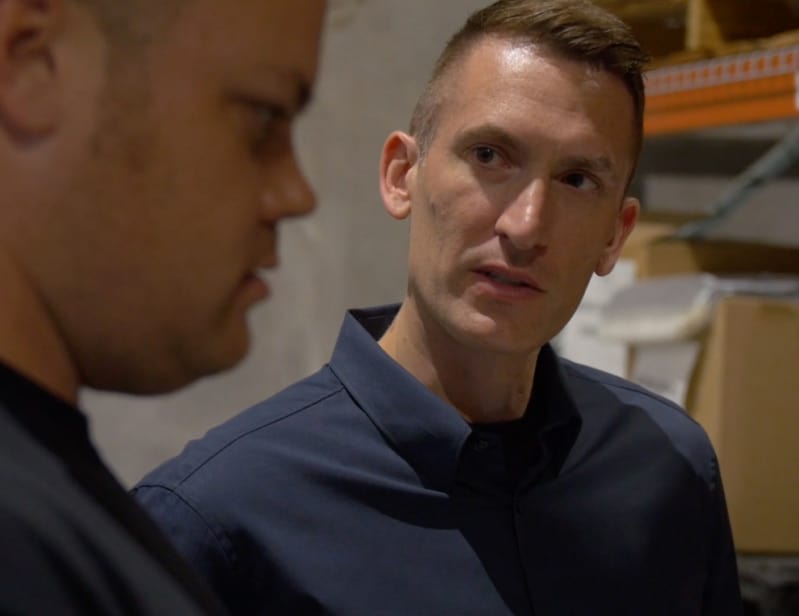Find the best Warehousing & Fulfillment company by filling out the form below, or Click Here to continue reading our page Contract Packaging for Ecommerce: Everything You Need to Know
As the owner of an e-commerce company, your livelihood hinges on your ability to deliver customer’s orders safely and swiftly. The key to ensuring that you achieve this goal is to develop an efficient packaging strategy that reflects the types of products that you sell. Below is a detailed look at the packaging process and the single best way to ensure that you choose the best type of packaging for your small parcels. Be sure that you engage your e-commerce fulfillment company if you outsource so that they can partner with you in the planning process as well!

The packaging is the final phase of the e-commerce order preparation process. The purpose of packaging is to ensure that the products a customer purchases arrive safe and intact upon receipt. Further, the packaging is an all-encompassing process that involves three basic elements:
By selecting the proper container, packing material, and embellishments for your shipments, you will help safeguard against shipping damage while illustrating your commitment to quality. More importantly, you will increase customer satisfaction and grow your repeat business.
A contract packaging company, also known as co-packing, is a third-party business that provides packaging services to other companies. Essentially, they take manufactured products and package them for distribution or sale. Contract packaging companies have the expertise, equipment, and space to package products efficiently, accurately, and quickly.
A company specializing in packaging can help other businesses with different packaging services like custom designs, labels, and packaging of individual or bulk items. In addition, they can help package different kinds of products, such as food, cosmetics, and electronics.
By using a contract packaging company, businesses can focus on making and selling their products while saving time, money, and resources.
Contract packaging is when a company hires another company to package its products. Here are the different types of contract packaging services that companies offer to help other businesses package their products:
Contract packaging can cover many other types of products and industries too!
Contract manufacturing and contract packaging are two different ways for companies to outsource certain aspects of their operations.
Contract manufacturing is when a company hires another company to make their product according to specific instructions. This can include sourcing materials and packaging, but it’s only sometimes required.
Contract packaging is when a company hires another company to package its product according to specific instructions. The company provides the product and packaging materials, and the contract packager assembles and packages the product.
Contract manufacturing is about making the product, while contract packaging is about getting the product ready to be sold. But, if you want to outsource your packaging needs, a co-packer might be the right choice for you.
There are several advantages of using contract packaging services, some of which include:
Contract packagers can help package a lot of different things. For example, they often help package food, including snacks, drinks, and baked goods. Personal care items like lotion, makeup, and soap can also be contract packaged. Contract packagers also package things like medicine and medical equipment that need special packaging.
Some contract packagers focus on packaging industrial products like car parts, tools, and electronics. Additionally, contract packagers often package promotional products, such as gift baskets, seasonal products, and subscription boxes.
In general, any product that requires packaging or repackaging, labeling, assembly, or kitting can be packaged by contract packagers. The flexibility and customization offered by contract packaging services make it an attractive option for many businesses, whatever industry they operate in.
Contract packaging companies offer various specialties that cater to the specific needs of their clients. Here are some of the different specialties in contract packaging:
The contract packaging process involves several steps, from initial design to final production. Here are the typical steps involved in the contract packaging process:
The contract packaging process is customizable and flexible to fit your needs. The process accommodates various products and packaging types, from food products to pharmaceuticals.
Most contract packagers do not offer fulfillment services, but some do. Fulfillment services involve storing products and shipping them directly to customers.
However, it is essential to note that contract packagers are typically better at contract packaging than fulfillment services. Therefore, ensure that the contract packager you choose has the necessary experience and resources to offer fulfillment services if required.
The amount of money you need to pay for contract packaging depends on the kind of packaging you want, how much stuff you have to package, and how complicated the process is.
Usually, the packaging company will charge you per hour, anywhere from $50 to $150, depending on where and who they are. Sometimes, they might charge a set amount for creating the packaging design or ensuring its quality.
Some companies may charge a flat rate for certain services, such as design or quality control. Additionally, some companies may charge extra fees for services such as unique materials or equipment.
It is vital to get a detailed quote from the contract packaging company that outlines all costs and fees before making a final decision.
With the packaging process being the final touchpoint of the order preparation process, it is your final opportunity to make a positive impression on the customer before the parcel is shipped. It also represents your last chance to ensure that the merchandise is properly protected and professionally packed. Again, the best fulfillment warehouses will be able to assist you in developing this plan. Here are three key reasons why you should think strategically about packaging:
In addition to the three reasons above, you also need to consider the dimensional weight of some of your packages. Also known as “DIM Weight” or “Volumetric Weight”, dimensional weight is an estimated weight that is calculated by considering the length, width, and height of your package. Commercial carriers often use the dimensional weight to provide their freight rates, so it is important not to use a carton that is excessively large.
If you are relatively new to the fulfillment and shipping industries, you may wonder where your e-commerce products will fall on the packaging spectrum. There are a number of different types of products for fulfillment. In general, e-commerce shipments fall into one of the following four categories:
Packaging manufacturers are continually adapting their product lines to reflect purchasing trends and carrier capabilities. E-commerce specialists are now able to choose from more packaging solutions than ever when developing their packaging strategies. Here is a summary of the main types of outer packaging used with e-commerce shipments:
One important thing to keep in mind is the difference between standard cartons versus corrugated cartons. Corrugated boxes are made up of corrugated paperboard that contains rows of air columns. The columns make the paper stronger than average cardboard with the air acting as a cushion for any items inside of them. The ridges inside offer strength and flexibility, as usually intended in packaging. Standard cardboard boxes, by contrast, are made of heavy paper pulp. Therefore, corrugated cartons are stronger and will be much more durable in shipping your e-commerce orders.
The type of inner packaging you choose is just as important as the outer packaging you select. And, as in the case of the outer packaging, there are many options available for consideration. In general, the type of inner packaging you select will depend on your product’s potential for damage and your commitment to an eco-friendly shipping process. Some of the most popular types of inner packaging are as follows:
When choosing inner packaging for an order, remember that you may need to use more than one type of packing to keep items protected. For example, if you are shipping four items, it may be best to wrap each item with bubble wrap and then place all four items in a box filled with peanuts. Or, you may need to take extra precautions to prevent damage by covering sharp edges with cardboard before wrapping them and placing them inside a box.
Sometimes it is the extra touches that really impress customers. In the case of packaging, there are several steps you can take to set your company apart from your competitors. While you can expect to pay a bit more for these extra touches, you will give your brand image a boost and keep your customers coming back to you in the future.
It is important to note that some time should likely be spent on your overall branding before jumping into custom branded packaging options. Some modifications may need to be made to your color scheme or logos/images to make them appear best on packaging. Furthermore, more time must be spent on the set up process, obtaining samples, proofs and approving production. Printing companies will usually offer volume discounts, so be sure to check to see the best price points for your business. In terms of printing, options range from flexographic printing (printing plate stamps the design on the carton, and up front costs include the purchase of the plate), to digital printing (the designs are digitally printed on the carton similar to the use of an office printer), to litho label printing (similar to wall paper, the printing is on a sheet which is adhered to the box, and high volume print runs can be competitively priced).
Below are some of the most popular forms of embellishments:

Eco-friendly packaging involves the use of recycled or renewable packing materials that are sustainable for people and our environment. As more e-commerce companies adopt eco-friendly packaging strategies, packaging manufacturers have responded by producing a greater variety of cutting-edge packing solutions made from corn starch and biodegradable materials. There are many benefits of eco-friendly packaging, including the following:
Learning about eco-friendly packaging is a great first step for your e-commerce company. But in order to actually have a positive impact on our environment, you need to take action as a business owner and build an eco-friendly culture. Here are some simple environmentally-friendly measures you can adopt with your packaging:
The following trends and best practices for E-commerce packaging can help ensure your customers will enjoy receiving and opening a package from your business:
Reducing shipping costs, gaining loyal customers in an increasingly competitive environment, and sustaining a high level of customer satisfaction and review feedback, are just a few areas where any e-commerce business can gain improvements by modifying their e-commerce packaging.
As outlined above, there are many factors to consider when packaging small parcel e-commerce orders for shipment. From choosing minimizing costs to championing our environment, to personalizing your orders, the small parcel packaging process is full of big decisions.
The single best way to ensure that your parcels are properly packaged is to seek the guidance of a trusted fulfillment company. An experienced fulfillment specialist will assess your product offerings and recommend cost-effective packaging solutions that are durable, space-efficient, and environmentally-friendly.
For over 15 years, the specialists with Fulfillment Companies have helped businesses across the globe find fulfillment specialists they can trust. Our strength is our ability to help you select the fulfillment provider that offers the best location and mix of services for your business. In addition to our expert guidance, we offer a wide array of resources to assist you in the decision-making process.
Whether you’re looking for fulfillment services for start ups or ship thousands of orders per month, we invite you to contact us to discover why companies turn to us for guidance in selecting the best fulfillment solution for their needs. We look forward to helping you streamline your e-commerce packaging!
Your contact information is held in the strictest of confidence. We will contact you before we connect you with vendors so that we can learn about your situation, obtain any of your contact preferences, and answer any of your questions.
YOU have control over your contact details:
Get Connected with your best matches, and receive up to
We Care About Your Privacy. Your information is shared with only pre-screened providers. You may opt out of communication at any time. View our Privacy Policy.

I want to say thank you for your help in finding a warehouse so quickly. Your service was amazing. I received replies the same day and have selected a company that will work well for us. I definitely recommend your services.

I wanted to express my gratitude for your services and let you know that it was a very enjoyable experience! We have selected one of the companies and they are awesome!

You are doing such a great job and this service that you provide is a life saver for people especially startups like me....We cannot spend budgets on researching as much as the big firms can...and you provide us one stop solution which will answer all our questions.

I just wanted to let you know that I selected one of your vendors as our fulfillment house. They can do what we need and we’re looking forward to working with them. They can handle our “special projects” fulfillment, which was key to our decision in bringing them onboard. I appreciate this service. It was great for our company.

I didn’t know there was so much difference in fulfillment companies — this was my first time in need of this sort of service. After a Google search I luckily stumbled upon WarehousingAndFulfillment.com. They saved me an incredible amount of time and money. Within minutes I had a couple of emails from good companies that fit my situation. I am very appreciative of their help.

Warehousing and Fulfillment was the perfect matchmaker in finding us a fulfillment partner. They provided several great options, all of whom were very responsive and willing to take the time to talk through our needs. We ended up going with W&F’s top match and we couldn’t be happier. I highly recommend W&F, particularly to anyone whose business relies on a strong fulfillment partner.

We were having multiple issues with our 3PL fulfilling warranty replacement parts. Our company needed to make a change and make one fast. I reached out to WarehousingAndFulfillment.com to facilitate my search for a reputable, service oriented 3PL that can handle the demands of a highly seasonal business to pick, pack and ship parts quickly. I received several qualified 3PL leads that matched what we were looking for. After reviewing and speaking with many one stood out from the rest, and we found a great partner. We could not recommend WarehousingAndFulfillment.com enough.

We found the perfect third-party fulfillment vendor through insightQuote. We never would have found them on our own. We can’t thank you enough and our customers thank you too.

Thanks for all of your help. This was a huge undertaking for us and your guidance was extremely helpful!

Thank you so much for your excellent service. We have chosen one to go forward with. This has saved us a great deal of time.

They really listened to our requirements and then matched us with great vendors that could meet our specific challenges.

I just wanted to say thank you so much for setting me up with these vendors. I have found pricing better than I ever expected to find.

Legit, this was such a good experience ... I was shocked how fast the vendors contacted me and got the ball rolling. This was such a pleasant experience

What an awesome service. A problem I fought with daily for over 3 weeks, solved in less than 24 hours.

 View More
View More
Get fulfillment tips delivered to your inbox!